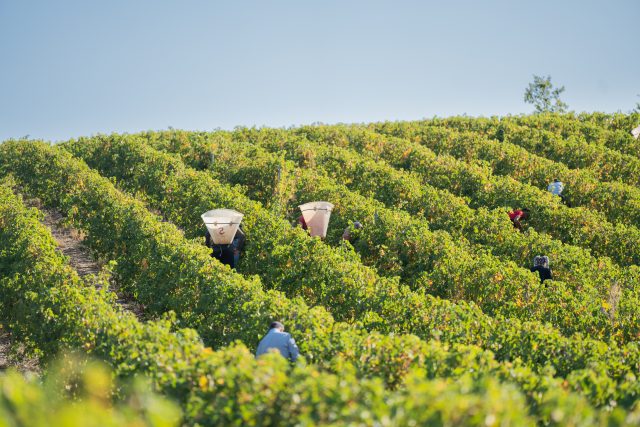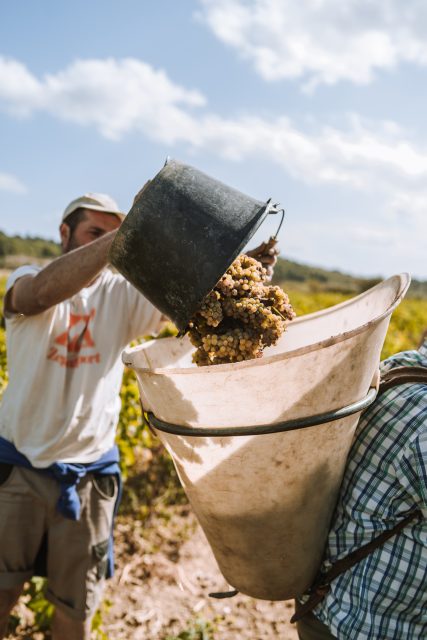Languedoc production down 15% on five-year average
By Eloise FeildenA late heatwave in the south of the Languedoc has led to a significant reduction in yields, though producers are keen to stress the quality of the 2023 harvest.

Vineyards in the north of the region are reporting average or even good harvests, according to The Conseil Interprofessionnel des Vins du Languedoc (CIVL). However, the late heatwave in the south caused berries which were already small to dry out, leading to regional production down 15% compared to the five-year average.
Indeed, Guillaume Barraud, director of Gérard Bertrand estates, witnessed a “noticeable difference between the southern part and the northwest part of the region”, with the south of France experiencing extremely dry conditions “once again”.
Barraud told the drinks business: “At the beginning of summer, the bud break was exceptionally abundant, surpassing the average of the last five years. We counted around ten buds per vine at the start of summer. Consequently, in the south, a very dry early summer led to a natural selection of buds, lightening the vine stocks. In the north, we even carried out thinning ourselves.”

Coastal areas within 20km of the shores had to cope with significant drought from the month of July, Barraud explained, compared to a “more substantial water supply” in the northwest regions.
Further west, downy mildew also caused yield losses.
Partner Content
Vignobles Bonfils, which controls 17 vineyards dotted around the Languedoc-Roussillon, experienced a harvest “on par with the average for the region as a whole”, according to general director Laurent Bonfils. “The explanation is simple,” he said; “a heatwave accentuated by a lack of water”.
Bonfils explained that the heatwave arrived very late in August in 2023, “when the vines were almost fully mature”.

However, the situation is less disparate in terms of quality, with producers reporting positively about the juice.
For Christophe Bousquet, President of the Conseil Interprofessionnel des Vins du Languedoc (CIVL), this vintage confirms “the progress made by winegrowers everywhere, who have been able to adapt to produce very high quality wines. This is all the more important given that the increasingly frequent vagaries of the weather have affected production potential, squeezing our
volumes.”
France is not the only winemaking nation whose yields are being impacted by extreme weather. Across 29 different countries, drought and disease have caused wine production to hit a 60-year low, although a reduced 2023 harvest could help alleviate oversupply due to falling consumption, says the OIV. Read more on that story here.
Related news
The winemaking nations hit hardest by Trump tariffs
Hospices de Nuits-Saint-Georges auction: bucking the trend
‘Liberation Day’ or liquor lockdown? Trump’s tariffs rattle the wine & spirits world




